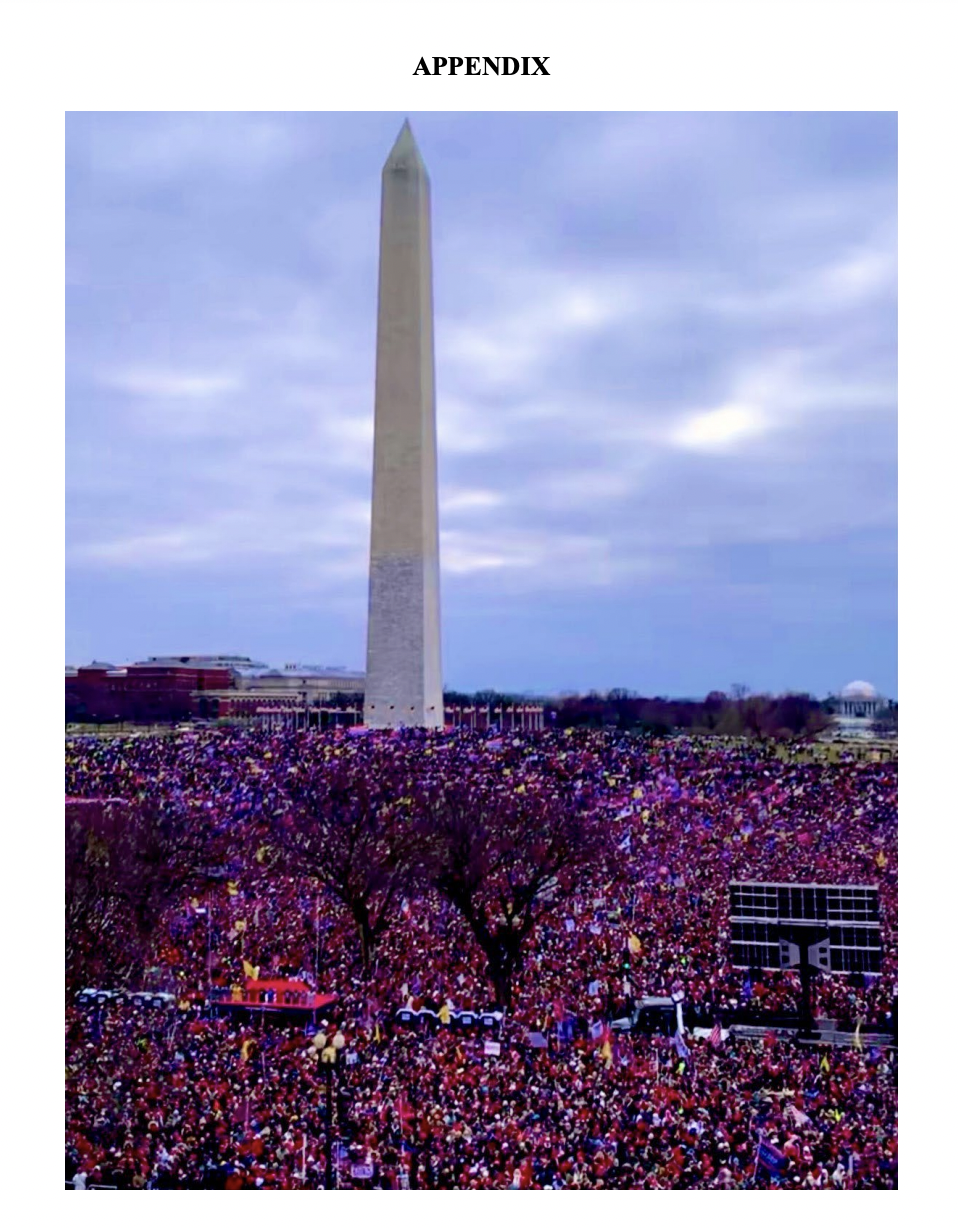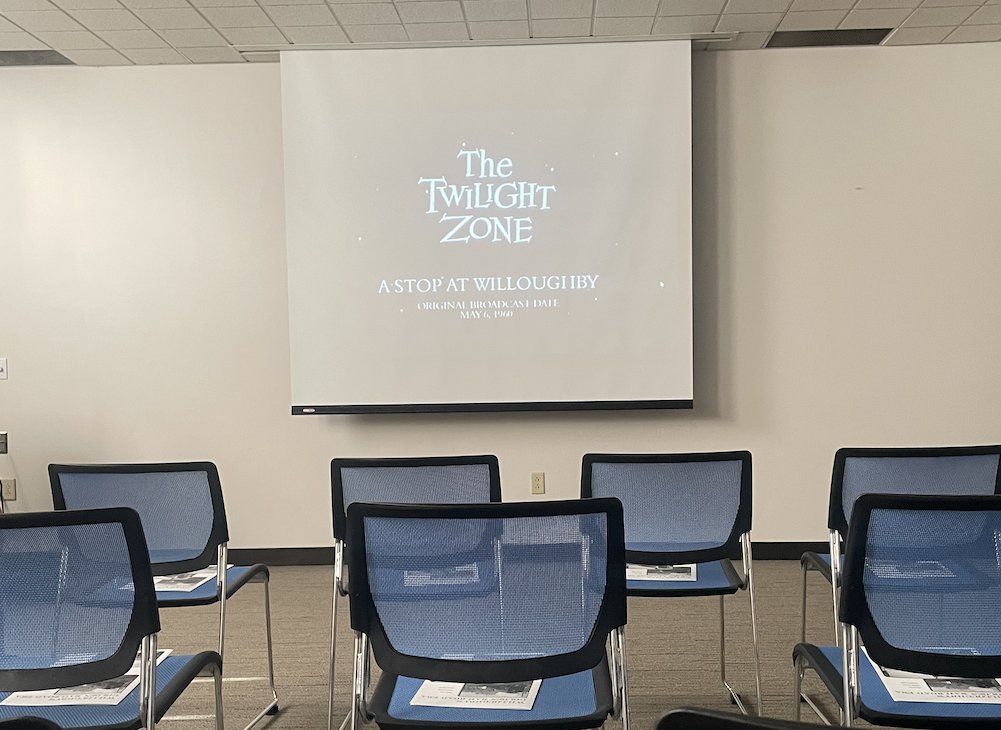This article is produced as a collaboration between Bolts and Mother Jones.
For the first time since the murder of George Floyd by police officer Derek Chauvin in May 2020, voters in Minneapolis and greater Hennepin County will vote for their new top prosecutor. County Attorney Michael Freeman, whose office came under intense scrutiny that summer over racial disparities and its handling of police brutality, announced last fall he was not seeking re-election. An August primary cut a crowded field down to two candidates: Mary Moriarty, the county’s former chief public defender who regularly clashed with Freeman during her tenure, and Martha Holton Dimick, a judge who used to work for Freeman’s predecessor, Senator Amy Klobuchar.
The candidates embody two sides of a debate that has divided Minneapolis and the nation since the summer of 2020. Moriarty is carrying the mantle of progressive criminal justice reform. Amidst a surge in homicides, Holton Dimick strives for a more traditional law and order agenda, and often seems outright hostile to the prospect of wielding the prosecutor’s office for the purpose of reform.
“A referendum on what we want to do as a community moving forward since George Floyd was murdered,” is how Malaika Eban, the Deputy Director at the Minneapolis-based Legal Rights Center, described the race for Hennepin County Attorney. “Even though this is a nonpartisan race, [the candidates] have been offering two really different perspectives on what to do in order to keep our community safe,” she added.
Floyd’s killing on a south Minneapolis street corner in 2020 sparked a historic nationwide outpouring of protest and debate over policing and racism in America. This call for a less punitive, less racist system of policing dovetailed with the aims of reform-minded prosecutors in cities around the US who have leveraged the discretion held within district attorney’s offices in an attempt to undo mass incarceration. But since 2020 reform critics have invoked the rise in violent crime around the country to push back, and they often use Minneapolis as an example in their arguments about how criminal justice reform has gone too far.
Copyright
© Mother Jones






